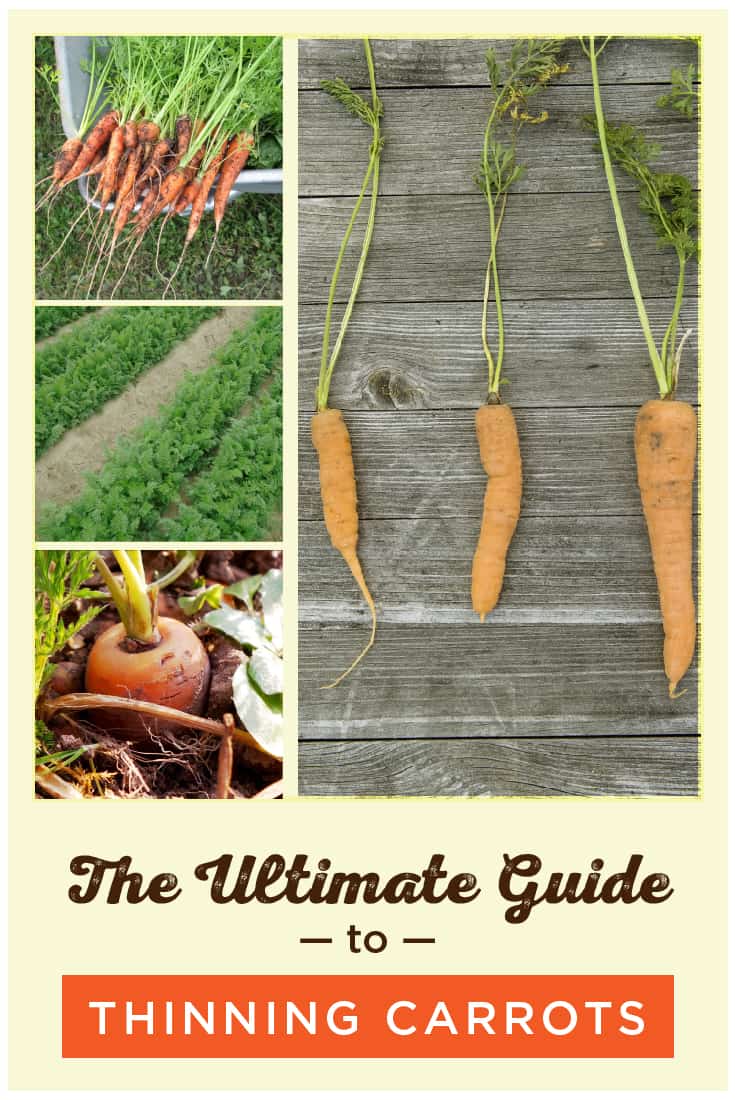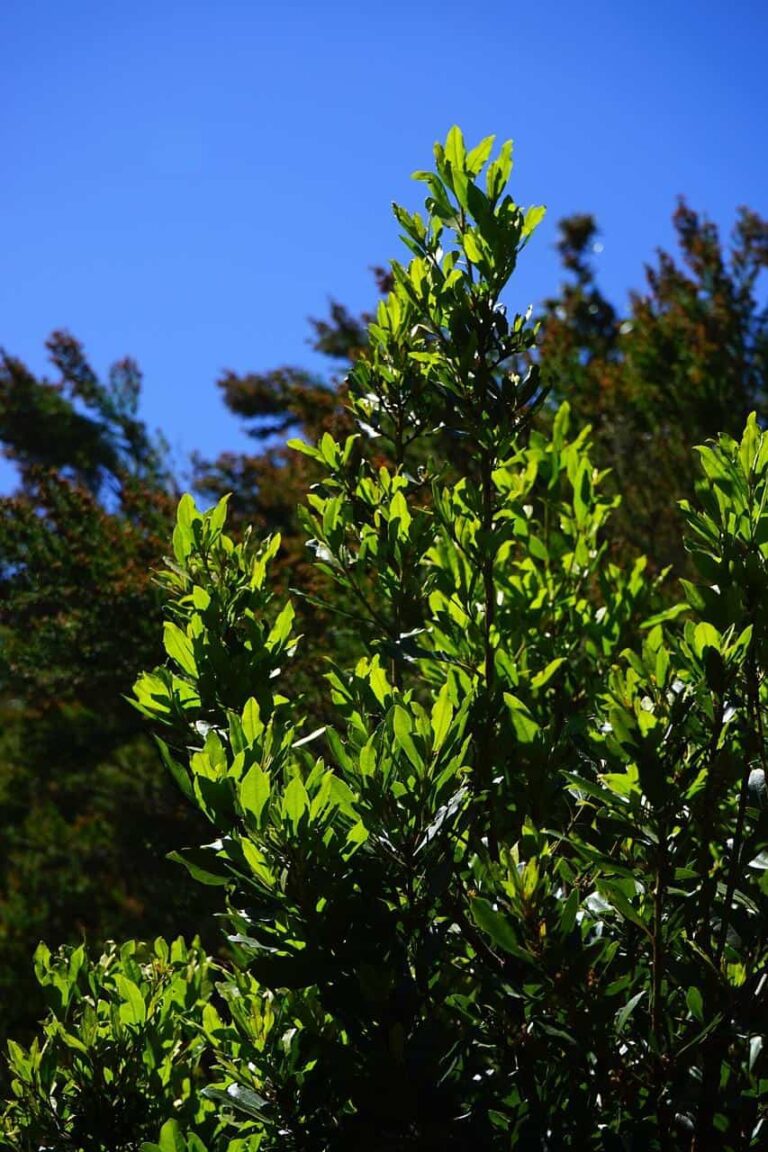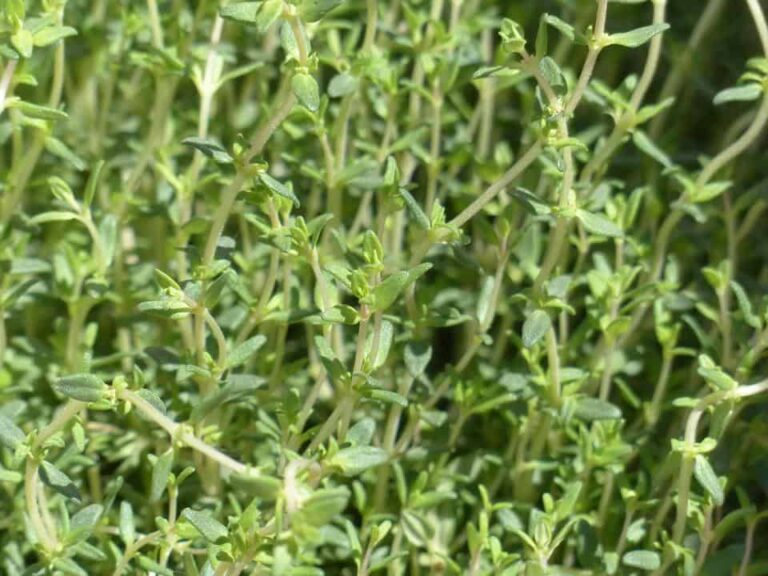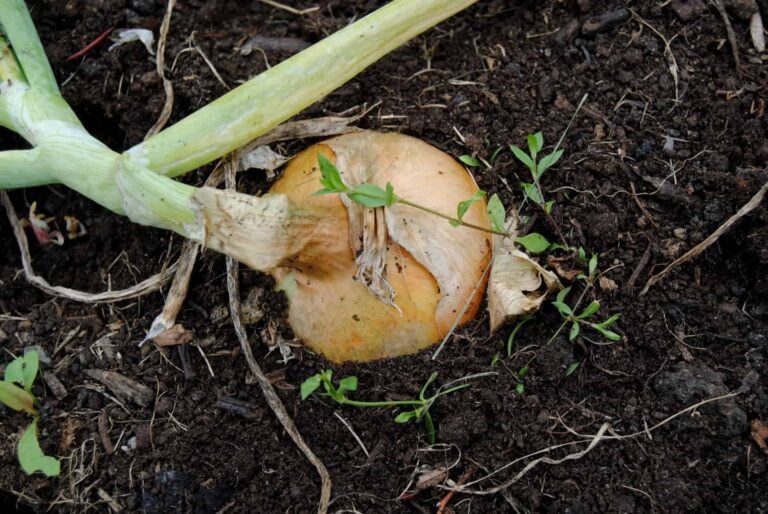Cucumber Types and Varieties: A Primer
There are four main classifications: slicing cucumbers, pickling cucumbers, burpless cucumbers and bush cucumbers. Slicing cucumbers are the “average” cucumber you buy at the store. Pickling cucumbers are used to make pickles. Burpless cucumbers are a hybrid that actually prevents gas. And bush cucumbers grow on bushes instead of vines and take up very little space in your garden. Let’s look at each of these in detail.
grow your own cucumbers
[wptb id="506996" not found ]Slicing Cucumbers
Most people will recognize slicing cucumbers as being long, straight vegetables about 7-8 inches in length, with a dark green skin. Slicing cucumbers are the biggest variety of cucumber and have the thickest skins.
The reason that most people are familiar with slicing cucumbers is because they are the most popular type of cucumber found in grocery stores. Their thick skins and large size give them a longer shelf life, which makes them a good choice for shipping across the miles, while maintaining freshness.
The skins of slicing cucumbers are not very tasty because of the thickness, but the skins are edible and not bitter. This variety has spines and bumps randomly spread across the length of the cucumber.
The name for this type of cucumber is a little misleading. It’s perfectly fine to use slicing cucumbers for pickling. Slicing cucumbers are crisp and have a cool, refreshing taste. Their flavor enhances the taste of salads, sandwiches, and wraps. They are also good when served with vegetable dips.
There are many varieties of slicing cucumbers available. Check out a few that organic farmer, Steve Masley, creator of GrowItOrganically.com, recommends:
- Ashley-an heirloom cucumber with a thin, light green skin
- Straight 8-an heirloom cucumber that is best harvested young
- Marketmore 76-a hearty variety that is resistant to disease, mildew, and weather
- Muncher-an heirloom cuke that never needs peeling and is almost seedless when picked early
- Tendergreen-tasty, disease-resistant, and grows well in hot climates
- Green Fingers Persian-starts early, never needs peeling, and is never bitter
- Chelsea Prize-sweet, thin-skinned, burpless, and few seeds make for great eating
- Chinese Snake-burpless and non-bitter with a name that comes from the curved shape
Pickling Cucumbers
Pickling cucumbers are short and stout. They have a drier interior than slicing pickles, which helps them soak up the pickling brine. Many grocery stores may also carry a stock of pickling cucumbers on a seasonal rotation.
The freshest pickling cucumbers make the best pickles, so plan to pickle them as soon as possible after picking. Bon Appetite magazine’s kitchen editor, Brad Leone, recommends trying to choose pickles that are similar in shape and size so that they will have uniform crunchiness.
He adds that it pays to be picky and choose cucumbers that are firm and have a good crunch when you bite into them. Brad cautions that cukes that are too young will not be able to soak up the brine well and pickles that are too old will be bitter and have a tough skin.
See this video by the Executive Gardner channel to learn how to plant the best pickling garden.
Steve Masley notes the following varieties are good for pickling:
- Homemade Pickles Pickling Cucumbers-an heirloom cucumber with uniform size and shape
- National Pickling-resistant to scabs and tolerant of cucumber mosaic virus
- Wautoma-burpless variety that is disease-resistant and good for brining
Burpless Cucumbers
Eating too many cucumbers can give you a bad case of the burps. The National Science Foundation explains that the flesh of cucumbers, especially those that have thick skins, have toxic compounds called cucurbitacins.
Cucurbitacins are responsible for causing a bitter taste and causing burps. Scientists believe that plants that are stressed by extreme heat or water develop a thicker skin, which encourages the growth of cucurbitracins. Cucurbatracins do have some redeeming qualities. They repel disease and pests. In humans, cucurbatracins may attack tumors or slow their growth.
Growers have cross-pollinated cucumbers to develop burpless varieties of cucumbers. Burpless cucumbers have thinner skins than slicing cucumbers. In theory, they won’t make you burp, or at least they will make you burp less.
Harvest to Table suggests the following varieties of burpless cucumbers:
- Burpless Hybrid-long, slender variety with crisp, mild flesh
- Orient Express-easy to digest, skin and all, with a crunchy, mild flavor
- Sweet Slice-thin, tender skin with a sweet, crisp, non-bitter taste
Bush Cucumbers
Bush cucumber plants are amazing for gardening vegetables in small spaces. The foliage is typically low, from 1-3 feet. Insert a trellis to keep plants from sprawling around the floor or ground. This article by Balcony Container Growing offers tips for growing bush cucumbers.
Bush cucumbers are a favorite of city dwellers for their patios, decks, porches, window boxes, and rooftops. Containers make it easy to keep them in enough sun to keep them thriving. These varieties are less susceptible to pests and disease.
Bush cucumber varieties tend to eat up the nutrients in the soil faster than when planted in your garden. You’ll need to add a vegetable soil mix periodically or add a plant food supplement every 10-14 days. Plant food supplements come in synthetic and organic blends and both work equally as well.
Bush cucumber variety seeds come in slicing and pickling cucumbers.
- Bush Champion-small bushy plant with flavor-packed cukes
- Bush Crop-bushy plant up to 3 feet tall with crisp, tender cukes
- Bush Whopper-mound shaped plant for containers that gives heavy yield
- Fanfare-dwarf bush with early maturity and has smooth skin and great taste
- Pot Luck-white spines and tapers at one end, short vined, and heavy producing
- Salad Bush-small bush for growing slicing cukes in a container
- Spacemaster-vines are short and compact with smooth, dark green skin






